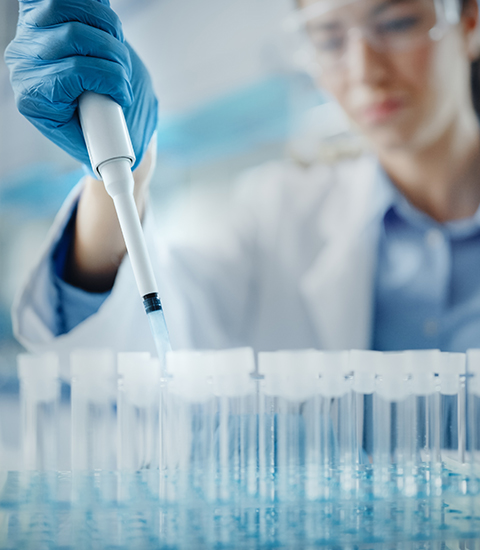The Immunoassays, also known as the Enzyme Immunoassay
(EI), is a widely used diagnostic tool for detecting antigen/antibody in a patient’s blood sample. It
is a highly sensitive immunological assay used to identify and quantify substances such as
peptides, proteins, and hormones.
The principle of CLIA is same as Immunoassays, except that CLIA substrates can generate light emission in the presence of an enzyme, providing a more sensitive process compared to Immunoassays.
Substrates such as isoluminol or acridinium ester produce the luminescence signal in the
presence of hydrogen peroxide and enzyme (“Chemiluminescence Immunoassay – an overview
| ScienceDirect Topics,” n.d.).
Measurement of light produced by chemiluminescence during certain chemical reactions provides a convenient and highly sensitive alternative to absorbance measurements in Immunoassays
assays. In versions of the Immunoassays using chemiluminescence, a luxogenic (light-generating)
substrate takes the place of the chromogenic substrate in conventional Immunoassays reactions. For
example, oxidation of the compound luminol by H2O2 and the enzyme horseradish peroxidase
(HRP) produces light.
The advantage of chemiluminescence assays over chromogenic ones is enhanced sensitivity. In
general, the detection limit can be increased at least ten-fold by switching from a chromogenic
to a luxogenic substrate, and with the addition of enhancing agents, more than 200-fold. In fact,
under ideal conditions, as little as 5 _ 10_18 moles (5 attomoles) of target antigen have been
detected (“Immunology__Janis_Kuby_5th Edition.pdf,” n.d.).
Electro-chemiluminescence Immunoassay (ECLIA) is another form of CLIA, which employs electrical current to oxidise the substrate. In comparison to Immunoassays, CLIA and ECLIA procedures
have a better sensitivity and take less time for result analysis (“Chemiluminescence
Immunoassay – an overview | ScienceDirect Topics,” n.d.).


